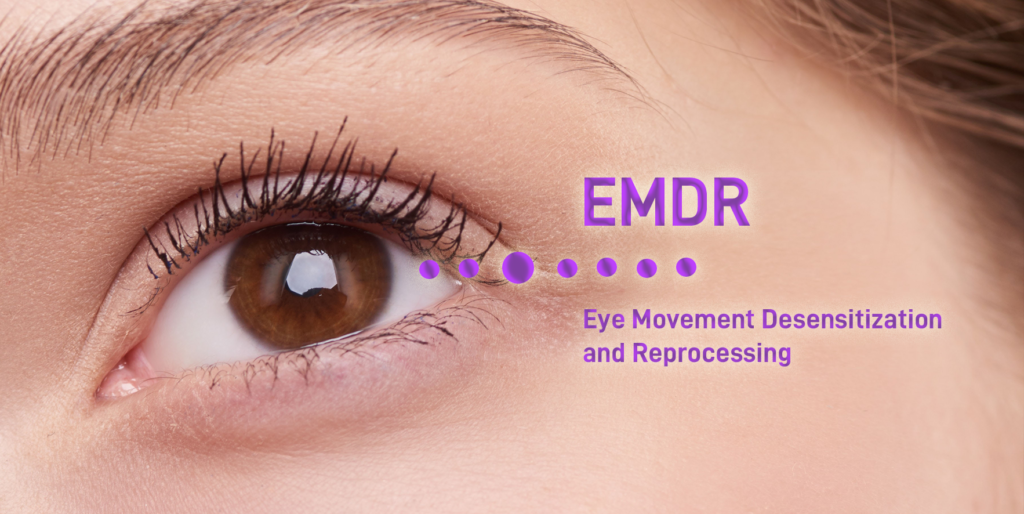EMDR (Eye Movement Desensitization and Reprocessing) is a psychotherapy used in the healing symptoms and emotional distress caused by trauma or disturbing life experiences. It is a proven therapy with a core belief that the mind can heal from psychological trauma much like the body heals from a physical trauma.
The brain’s information processing system naturally moves towards mental health. If the information processing system is blocked by a disturbing event, the emotional wounds can cause anywhere from mild to severe distressing mental health symptoms. EMDR can assist individuals in removing any blocks caused by a distressing event, and activate the individual’s natural healing processes.
EMDR therapy involves attention to the past, present, and future. Focus is given to past disturbing memories and related events and to current situations causing distress. The EMDR therapist and client work on developing new skills and attitudes needed for positive future actions and resolution.
EMDR therapy works through a seven-phase treatment approach:
- Phase 1: The therapist assesses the client’s readiness and develops a treatment plan, identifying possible targets for processing.
- Phase 2: The therapist ensures the client has several different ways of handling emotional distress. The therapist will teach the client a variety of stress reducing techniques.
- Phases 3-6: Targets are identified and processed using EMDR therapy procedures. EMDR uses bilateral stimulation that can include therapist-directed lateral eye movements, tapping, or audio stimulation. The goal is to reduce the distressing memories and replace them with positive beliefs.
- Phase 7: This is the closure phase. The client and therapist examine progress made by reviewing targets. The client and therapist determine if there are further reprocessing needs to be addressed.
EMDR can benefit a wide range of challenges, such as anxiety, panic attacks, phobias, and depression. Some symptoms that may be reduced by EMDR include: negative thought patterns, poor self-image, sleep disorders, and many other symptoms caused by chronic stress.

